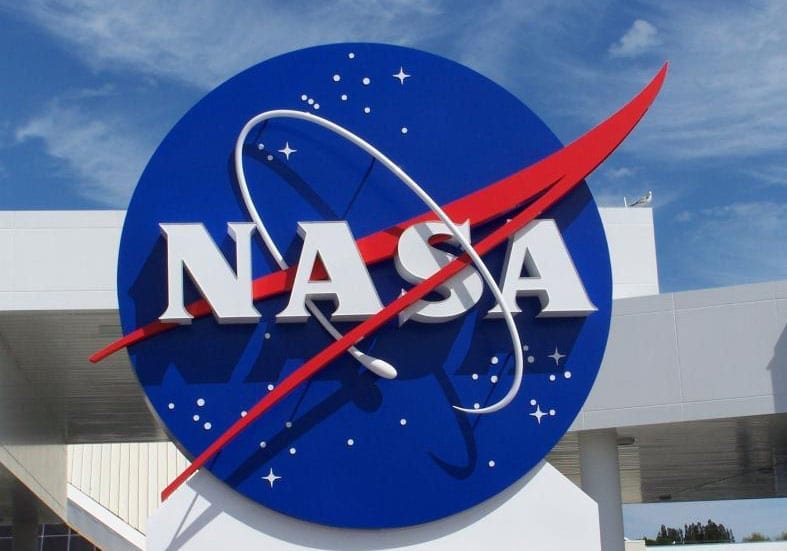NASA’s Ames Research Center is conducting market research for biodetection technologies to measure common biomedical diagnostic parameters typically performed on blood or urine samples. The systems would be utilized on space exploration missions.
NASA is seeking detailed information regarding compact technologies currently available that can analyze a biological fluid, ideally using a single device.
The specific measurements to be determined from a given biological fluid consist of six measurement panels that include:
- Basic Metabolic Panel: Glucose, Ionized Calcium, Sodium, Potassium, Total Carbon Dioxide, Chloride, Blood Urea Nitrogen, Creatinine Venous Blood Gases: Partial Pressure Oxygen (PaO2), Partial Pressure Carbon Dioxide (PaCO2), Saturated Oxygen (SaO2), Bicarbonate (HCO3)
- Cardiac Panel: Troponin I Hematology: White Blood Cell Count, Red Blood Cell Count, Hematocrit, Hemoglobin, Neutrophils (%), Absolute Neutrophils Count, Lymphocytes (%), Monocytes (%), Eosinophils (%), Platelets Liver Panel: Albumin, Alkaline Phosphatase (ALP), Aspartate Aminotransferase (AST), Alanine Aminotransferase (ALT) Urinalysis: Specific Gravity, pH, Leucocytes, Nitrites, Proteins, Glucose, Ketones, Urobilirubin, Bilirubin, Blood
The anticipated analytical system is easy to use, where the performed measurements are highly automated and derived from minimal amounts of biological sample. Furthermore, the technology should minimize consumables and waste, where reagents and disposables can ultimately meet an ambient environment shelf life of 36 months.
The mass and volume restrictions require a portable, stand-alone device that is soft stowed and operates in a microgravity environment.
NASA is seeking responses regarding fully functioning devices (full integrated systems) that are currently available, developed to at least the advanced prototype stage. NASA is not seeking information about conceptual designs or individual component technologies that have not yet been integrated into a single device.
Further details of the RFI are available via Solicitation Number: NNA14122214L. The response deadline is January 30, 2015.



